Despite global efforts to promote cycling as climate-friendly transportation, does safety fears and urban design failures continue to keep women off bikes in the UK?
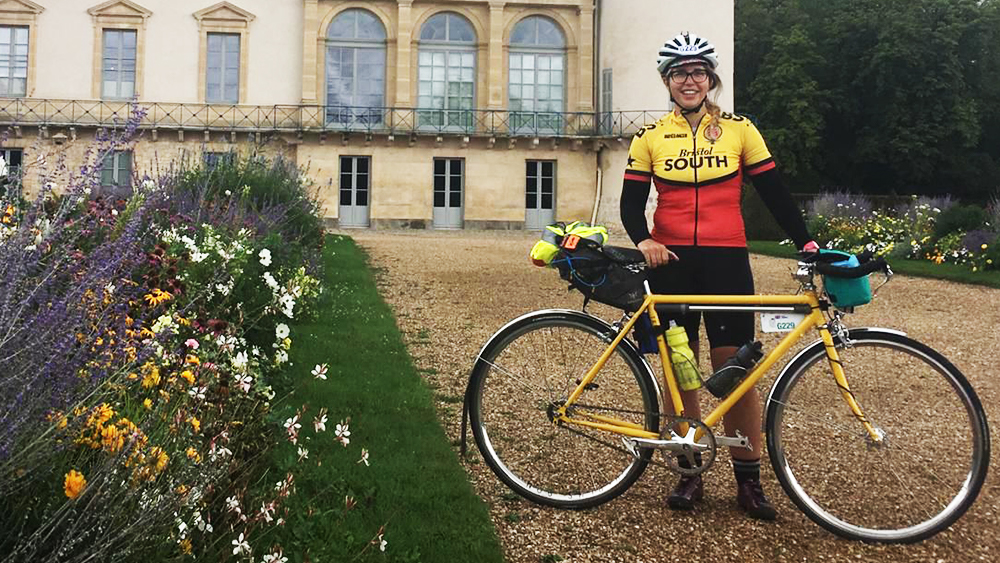
It’s a crisp spring morning in 2025. The city hums to life with the familiar rhythm of wheels on pavement. But if you pause long enough at any busy intersection, city streets buzz with the energy of cyclists weaving through traffic. But what is missing is women.
Eleanor, originally from rural Wales, is an accomplished long-distance cyclist, who is also the third female ever to complete Paris-Brest-Paris which is a long-distance cycling race event in France, from Paris to Brest and back to Paris, on a fixed gear bike.
Eleanor captures the complex reality faced by women who cycle. She says, “I know that women are statistically less safe. And yes, women feel unsafe. I have felt unsafe. But when I hear such things in the media, I just feel so sad because I know how much cycling has given me and how fantastic and enriching it’s been.”
While official statistics and media headlines often emphasize dangers, Eleanor’s experiences tells a different side of the story prevailing narrative that may be creating what she calls a “culture of fear” keeping women off bikes.
“Generally, I feel very safe when I’m cycling around,” she says. “I get so much more enjoyment, health benefits, social benefits, and mental health benefits from cycling than I get any kind of negatives. It has given me so much in my life, my best friends, my holidays, my personal growth, and projects.”
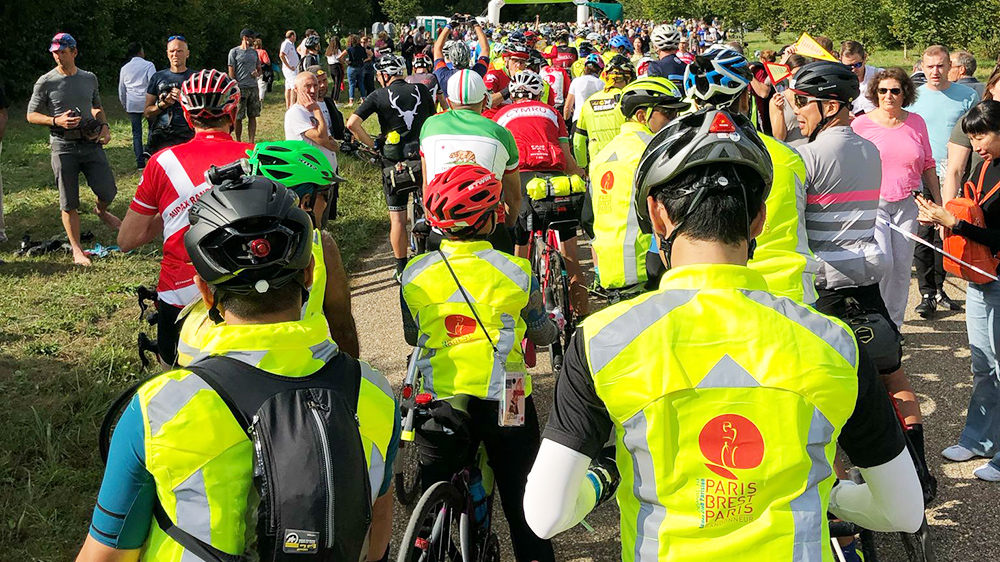
Yet Eleanor doesn’t shy away from acknowledging unpleasant experiences. “When I was cycling in Colombia, I found that I would get sexual harassment from men passing on motorbikes and things like that,” she says. “I was riding with my male partner, I have a wedding ring on my finger, and these men just think that you’re public property. They shout things at you and come really close on their motorbikes, and it makes me feel very uncomfortable.”
Even at prestigious events like Paris-Brest-Paris, a legendary endurance cycling event, women face reductive attitudes. “A friend of mine, when she was at the start line, one of the organizers said something like, ‘Oh, isn’t she so beautiful?’ And it’s like she’s there to take part in this absolute feat of endurance. She’s an athlete. She has trained around her full-time job. She’s strong. Why is she reduced to her looks?”
Eleanor found that completing Paris-Brest-Paris on a fixed-gear bicycle actually saved her from being stereotyped. “A bike that doesn’t have any gears or a free hub where your legs are constantly pedaling. So many people would say, ‘I’m going back to Malaysia and telling my daughters all about you,’ because I was doing something that lots of people couldn’t comprehend. Lots of men can’t do that event on that kind of bicycle and don’t even contemplate it.”
This contrast highlights how exceptional achievement can sometimes transcend gender stereotypes. “I was doing it and succeeding at it. I wasn’t reduced to being a piece of meat or a physical object. It was like, ‘Wow, what you’re doing is incredible. You must be so strong, so capable.’ And it’s like, yes, all these women are. Why am I any different?”
The conversation around women’s cycling safety extends far beyond personal anecdotes. At a time when urban planning increasingly prioritizes sustainable transportation, Eleanor points to an overlooked reality. “A big failure in urban design is not understanding how women’s lives differ from men’s.”
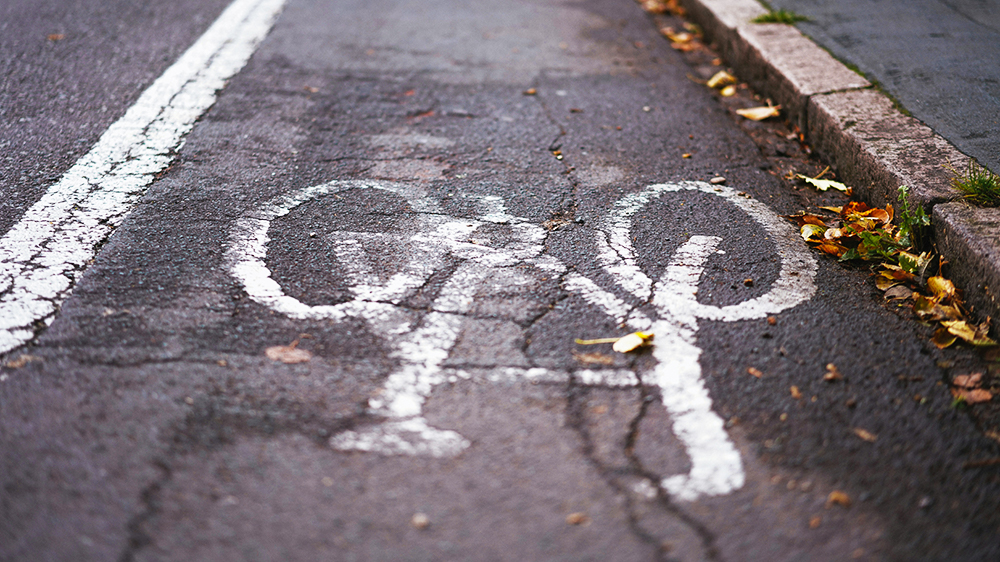
Eleanor references a book named Invisible Women, saying, “The way that women tend to travel around cities is different, and that’s because their roles in society are slightly different. Men tend to travel from home to work and back, whereas women tend to travel from home to the school, to the GP surgery, to the pharmacy, to their work, to the dry cleaners, the supermarket, back to the school or the nursery, and then home.”
Urban planners rarely account for these patterns when designing cycling infrastructure. “Women tend to do this thing called trip chaining. So the way they move around their communities is quite different from how men move around,” she says.
Eleanor also acknowledges the grim statistics that make recent calls for action so urgent.
“You’re a very vulnerable road user and you’re sharing space with cars, motorbikes, buses, lorries. A friend of mine was killed riding a bicycle. I know the statistics that women are far more likely to be victims of road traffic collisions on bicycles than men. Yes, women are statistically less safe.”
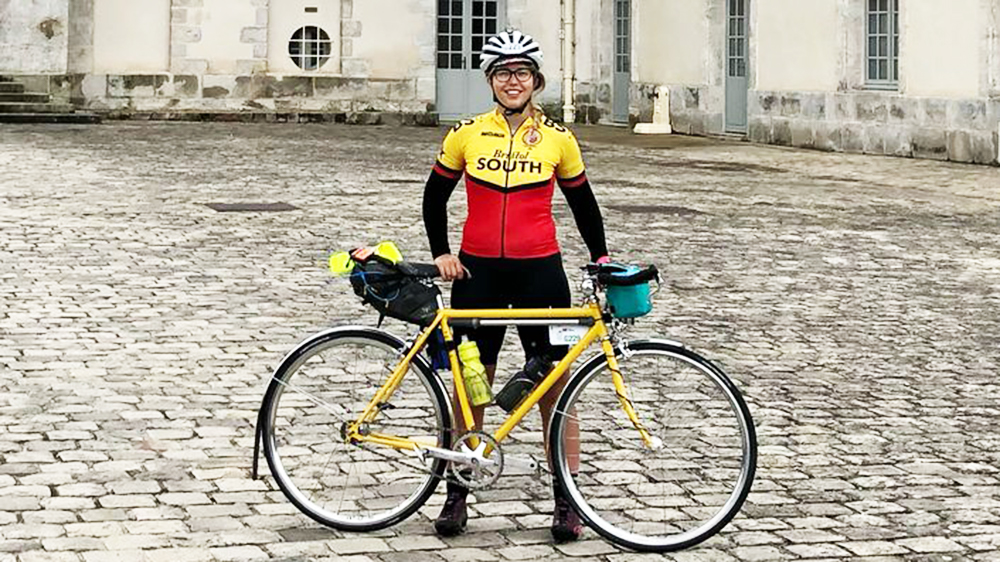
Eleanor’s experiences in cycling worldwide reveals how different cultures approach cycling and how cities in the UK might better implement their climate and mobility strategies. “In Colombia, cycling is for everyone,” she says. “People are out there riding their bikes whether they’re cobbled together from bits and pieces or worth five thousand dollars. Everybody is out there and everybody is welcome.”
This inclusive atmosphere stands in stark contrast to the UK. “In the UK, it feels like cycling has become so politicized, so polarized. It doesn’t feel as inclusive, despite lots of people trying to make it more welcoming. Cyclists are the thing that everybody loves to hate here.”
Despite these challenges, Eleanor has witnessed significant progress in women’s participation in cycling, particularly in long-distance events seeing a promising sign for broader inclusion efforts. “When I started, I was one of the few women I was aware of doing it, and now there are loads.”
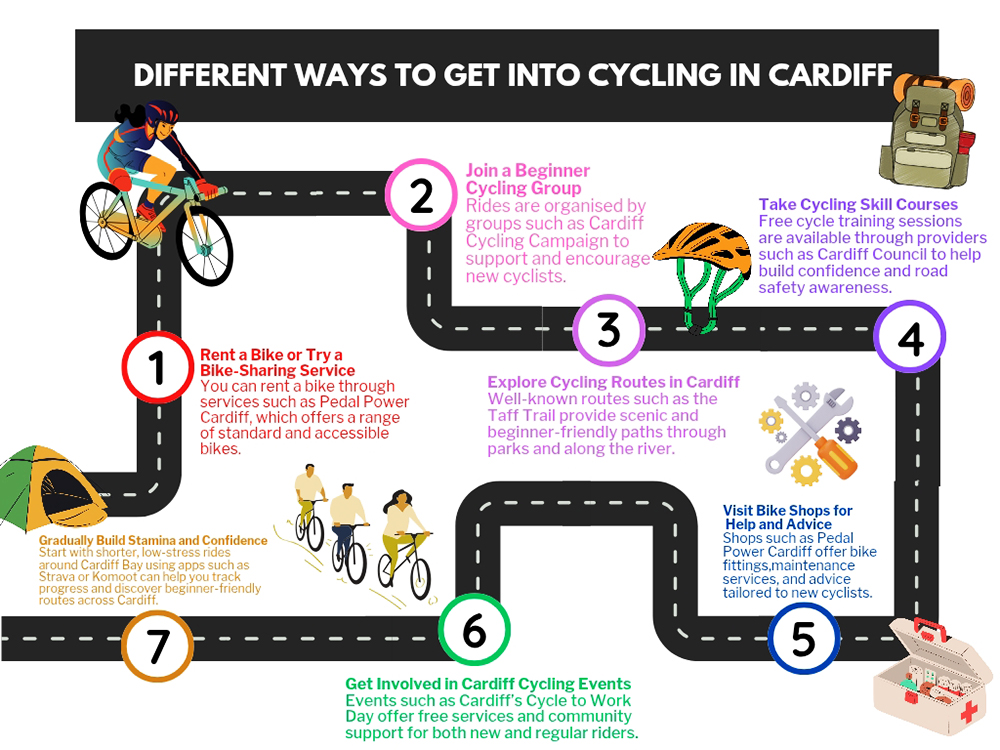
She points to the Transcontinental Race as an example of intentional inclusion that cities in the UK could learn from. In its first edition eleven years ago, only one woman stood at the start line. By recent editions, that number had grown to around 40 women. “This year they ran a big campaign. They said, ‘We want to get a hundred women to the start line. We want to more than double our highest ever previous proportion of women,’ and they did it.”
Eleanor sees this as proof that intentional inclusion works. “When they say, we want women here, women are welcome here, enter our race,’ women come. And I think that just shows you how it has to be. There’s a lot of grassroots activity, but you also need the events and the organizers to say, ‘We want women here. If women aren’t coming, tell us why so we can make changes.”
The Guardian study highlights concerns about nighttime safety as a particular barrier for women cyclists. Eleanor offers a counterintuitive perspective that challenges how we think about safety in public spaces saying, “If I was a car user riding at night, no one can tell if you’re male or female. It’s dark. If you see a bike in the dark, maybe you see the headlight, but you can’t tell the gender of the rider.”
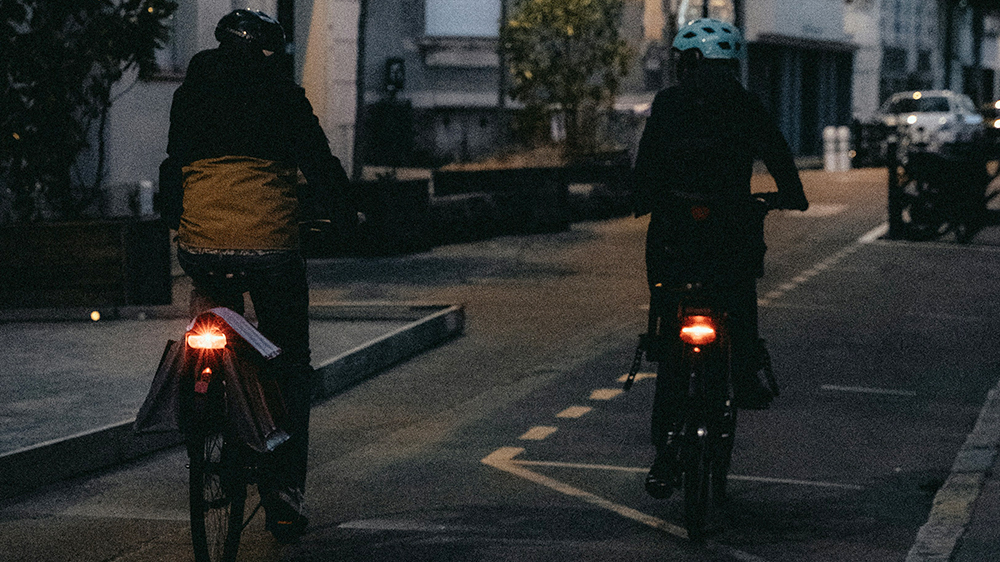
She questions whether some fears are founded in reality or perception. “There is real danger, but night riding, if I’m a cyclist riding at night, I think I’m more anonymous and less obviously female. If I’m camping in a tent, you can’t tell if it’s a woman’s tent or a man’s tent? It’s just a tent. So why do we allow ourselves to feel more scared?”
Eleanor acknowledges the special measures some race organizers take to protect women participants. In a race in Morocco, “they say to the male competitors, ‘If you’re coming up to an urban or inhabited area and you see a woman from the race, ride with her. You won’t be disqualified ride with her to help keep her safe.'”
“The women in that race are told they can press their SOS button on their tracker, and it will alert the local police. So the organizers are working with local police and competitors to make sure women do feel and can feel safe.”
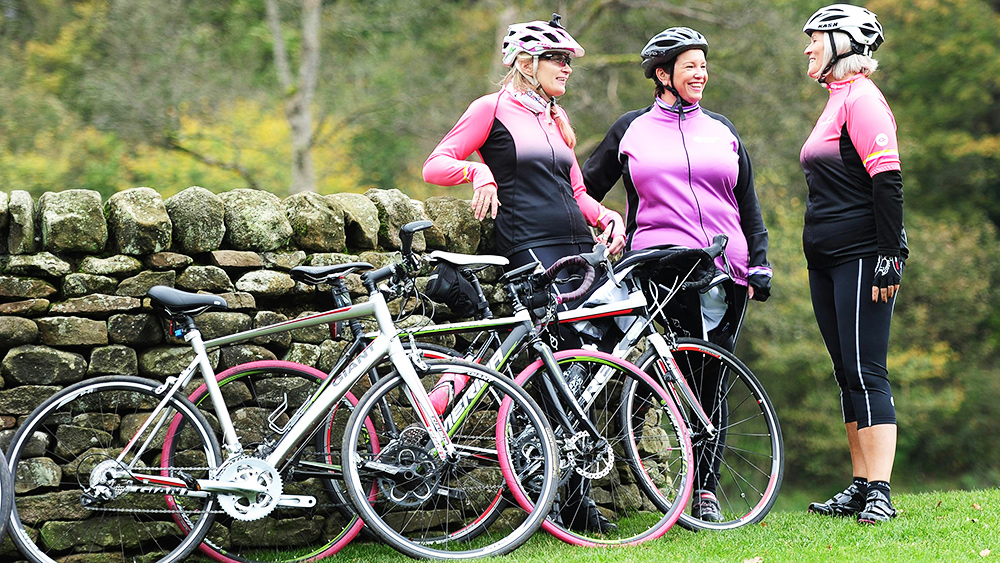
For women hesitant to cycle due to safety concerns, Eleanor’s encourages women to seek out experienced cyclists for guidance and offers practical solutions. “Find a friend or a group of friends and do it together. I think for women especially, humans are hardwired for connection. Our primary reward mechanism as a species is connection with others.”
Eleanor acknowledges fear but encourages pushing beyond it. “The first time you try anything is scary because you’re stepping into the unknown. It might be speaking up in a class or meeting, cycling to work for the first time, or cycling through the night for the first time. But it’s by stepping into the unknown that we discover new things about ourselves and the world.”
She emphasizes that perceived risks often exceed actual dangers: “Sometimes the fear of the unknown is far greater than the risk of actually doing the thing.”
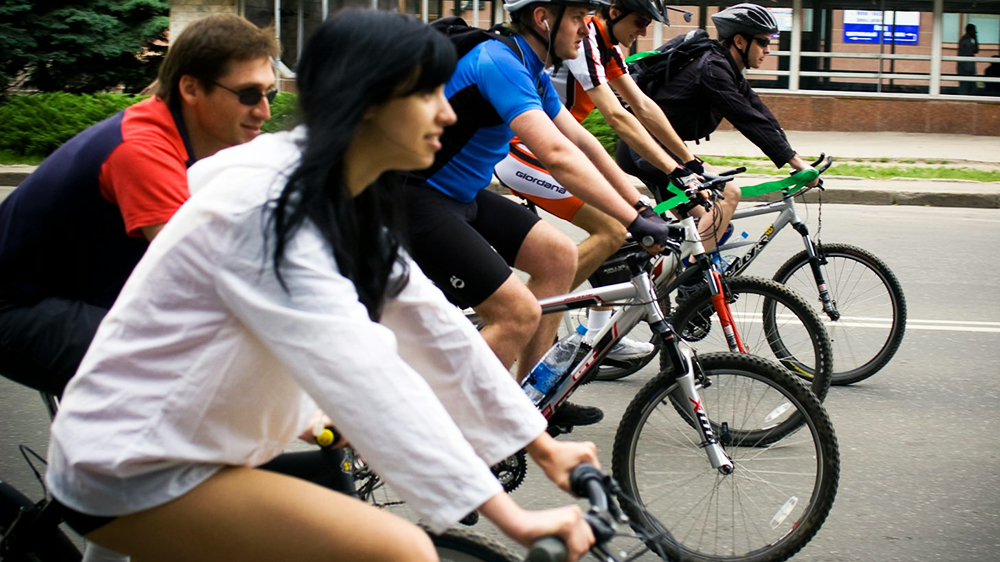
Without addressing the gender gap in cycling, the UK’s climate and mobility initiatives will continue to fall short of their potential. Women’s exclusion from cycling highlights broader inequalities in how we design and inhabit our urban spaces and inequalities that limit the effectiveness of sustainability efforts.
Eleanor’s experiences suggest that with intentional inclusion, community support, and infrastructure designed with women’s needs in mind, these barriers can be overcome. As cities accelerate their climate initiatives, making cycling truly accessible for women isn’t optional, it’s essential for success.
“I think it involves everyone,” Eleanor says. “It doesn’t involve just women. It involves anybody who’s involved in using roads and public spaces and designing public spaces.”
